BGS receives funding for new system to analyse oxygen isotopes
A major upgrade of BGS's research equipment following investment from NERC will help scientists understand historic changes in climate.
26/09/2022 By BGS Press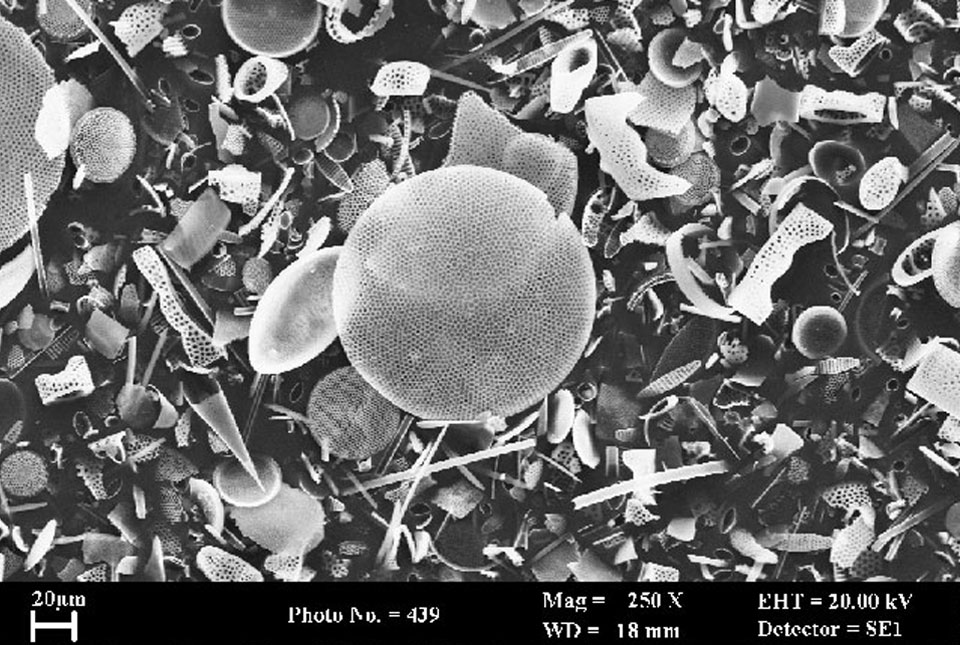
Scientists researching ways to tackle air pollution, climate change and other environmental sciences challenges facing the UK will benefit from a major upgrade of research equipment.
The Natural Environment Research Council (NERC) has invested £6.6 million in improving the UK’s national research infrastructure by funding the purchase of ten state-of-the-art pieces of equipment.
BGS has received over £350 000 for a new microfluorination for oxygen isotopes in biogenic silica (MOBiS) system. The new system will analyse sediment samples from a range of settings including the ocean, land and waterways. It will help scientists understand historic changes in climate by analysing the oxygen isotope compositions of biogenic silica, which is one of the most widespread biogenic minerals found in the world.
The equipment can analyse oxygen isotopes in any minerals that contain oxygen. This will enable the equipment to be used by a wider community and in other disciplines, for example the analysis of nuclear materials for isotope forensics applications.
I am extremely excited that we will be able to utilise this innovative system, which will be housed in the laboratories at the BGS headquarters in Keyworth, Nottingham. It will allow us and the UK’s wider research community to take a deep dive into oxygen isotopes in biogenic silica and how changes in these from thousands of years ago can help us understand climate change and shed light on ways to mitigate environmental impact.
Prof Melanie Leng, BGS Chief Scientist for Environmental Change, Adaptation and Resilience.
For more information and enquiries about the MOBiS system, please contact Dr Jack Lacey.
Relative topics
Latest news
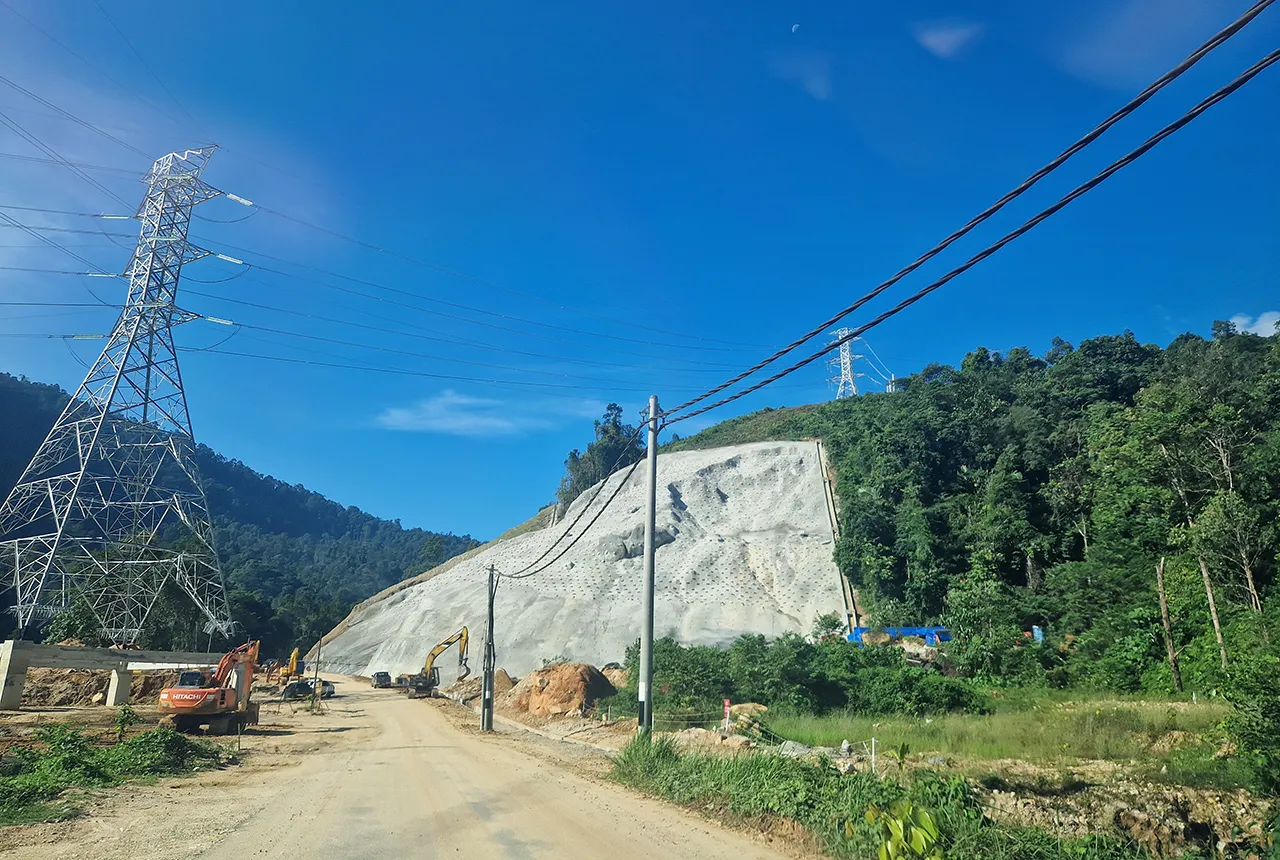
BGS awarded funding to support Malaysia’s climate resilience plan
17/12/2025
The project, funded by the Foreign, Commonwealth & Development Office, will focus on minimising economic and social impacts from rainfall-induced landslides.
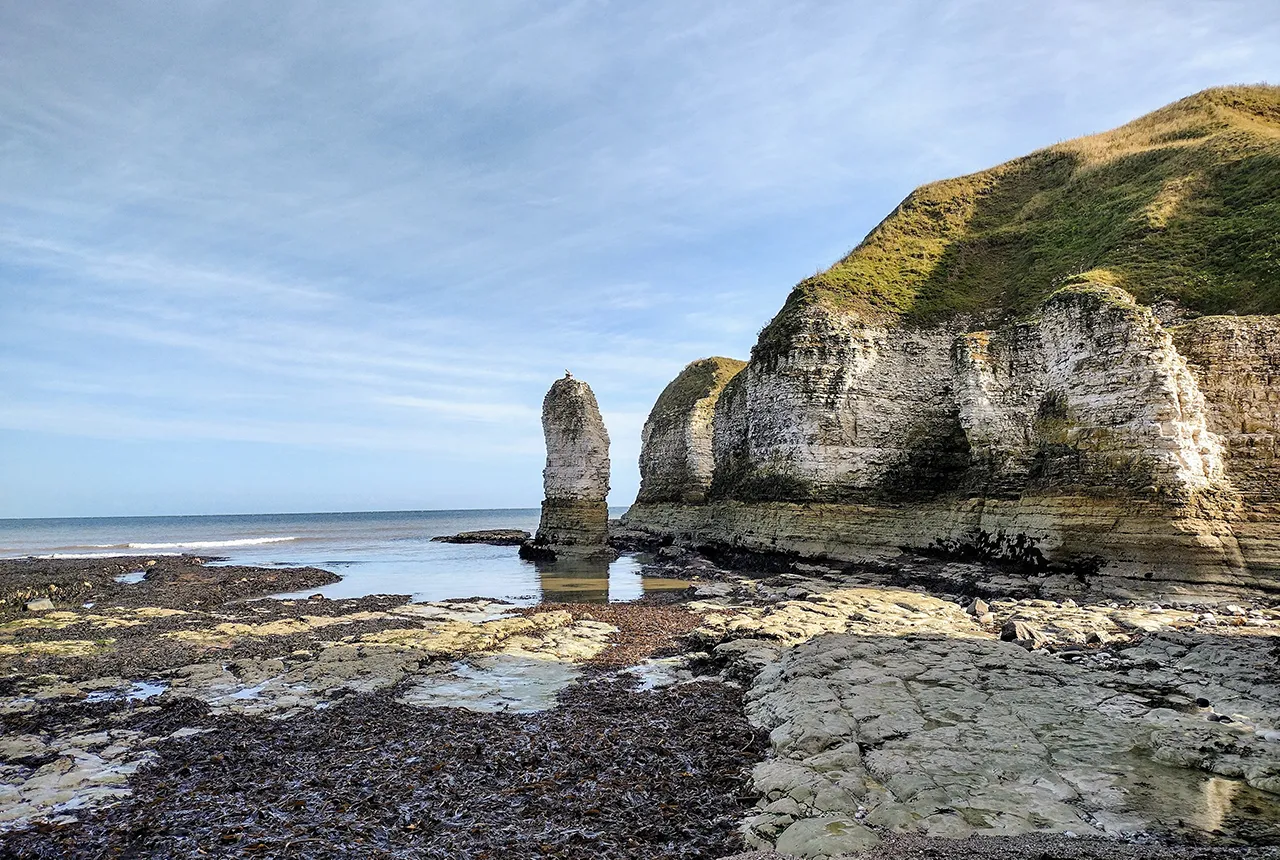
New geological maps of the Yorkshire Wolds to better inform groundwater management and policy decisions
17/12/2025
The new mapping provides crucial data on localised geological issues that may assist in protecting water supplies.
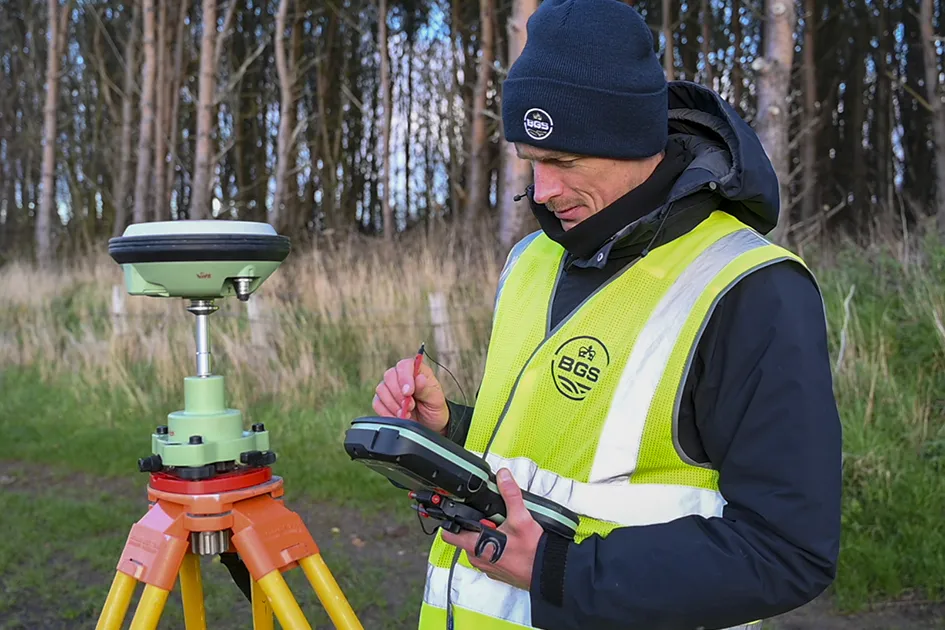
‘Three norths’ set to leave England and not return for hundreds of years
12/12/2025
The historic alignment of true, magnetic, and grid north is set to leave England, three years after they combined in the country for the first time since records began.
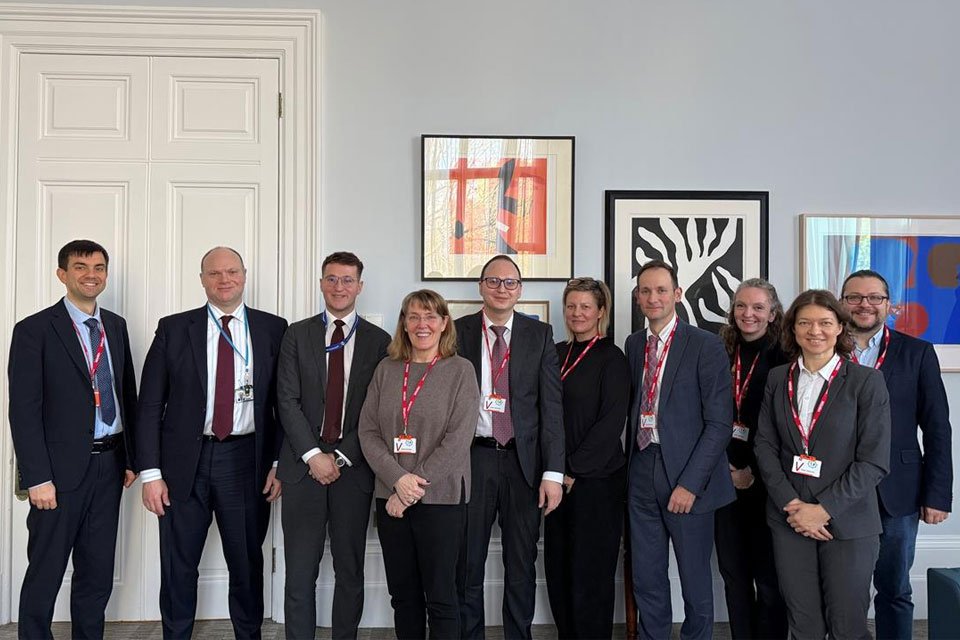
BGS agrees to establish collaboration framework with Ukrainian government
11/12/2025
The partnership will focus on joint research and data exchange opportunities with Ukrainian colleagues.
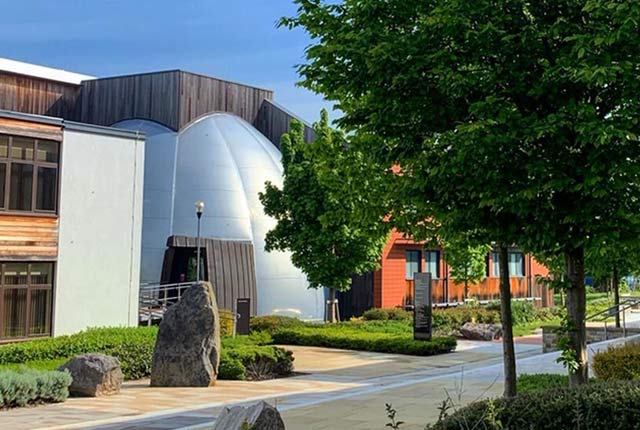
Making research matter: BGS joins leading research organisations in new national initiative
10/12/2025
A new alliance of 35 organisations has been formed that is dedicated to advancing science for the benefit of people, communities, the economy and national priorities.

New 3D model to help mitigate groundwater flooding
08/12/2025
BGS has released a 3D geological model of Gateshead to enhance understanding of groundwater and improve the response to flooding.
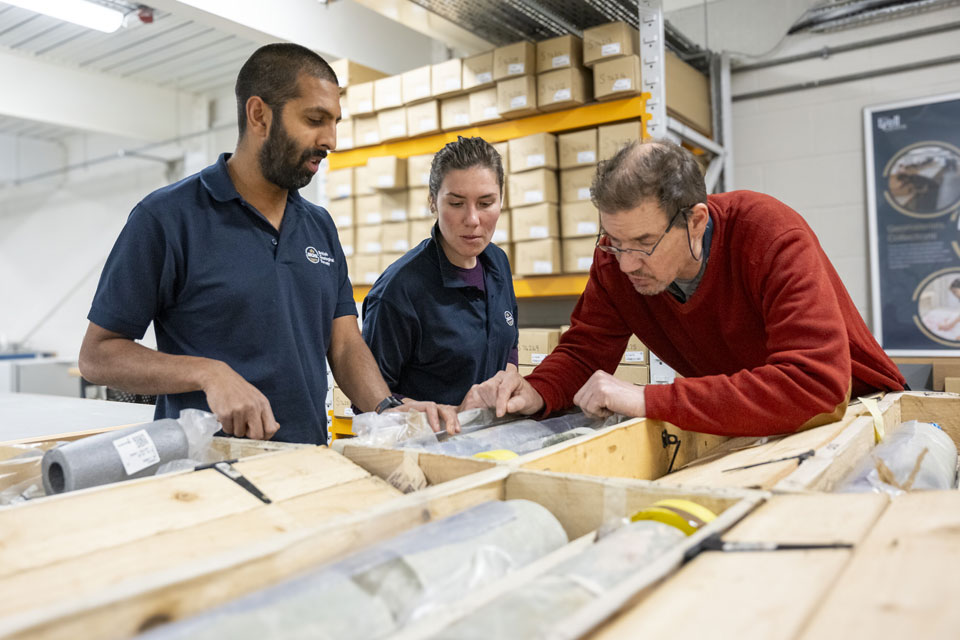
Scientists gain access to ‘once in a lifetime’ core from Great Glen Fault
01/12/2025
The geological core provides a cross-section through the UK’s largest fault zone, offering a rare insight into the formation of the Scottish Highlands.
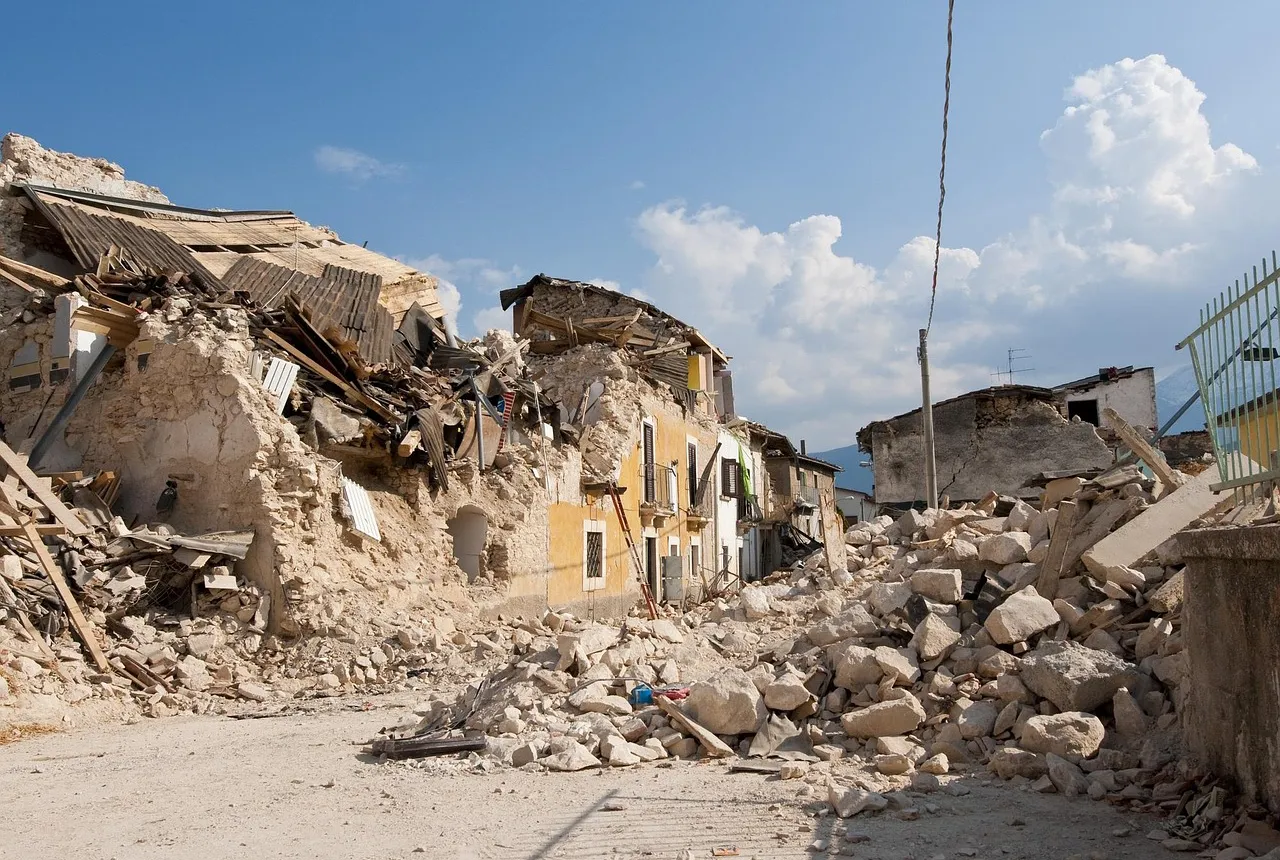
New research shows artificial intelligence earthquake tools forecast aftershock risk in seconds
25/11/2025
Researchers from BGS and the universities of Edinburgh and Padua created the forecasting tools, which were trained on real earthquakes around the world.

BGS welcomes publication of the UK Critical Minerals Strategy
23/11/2025
A clear strategic vision for the UK is crucial to secure the country’s long-term critical mineral supply chains and drive forward the Government’s economic growth agenda.

New funding awarded for UK geological storage research
21/11/2025
A project that aims to investigate the UK’s subsurface resource to support net zero has been awarded funding and is due to begin its research.

UK braced for what could be the largest solar storm in over two decades
12/11/2025
Intense geomagnetic activity could disrupt technology such as communication systems, global positioning systems and satellite orbits.
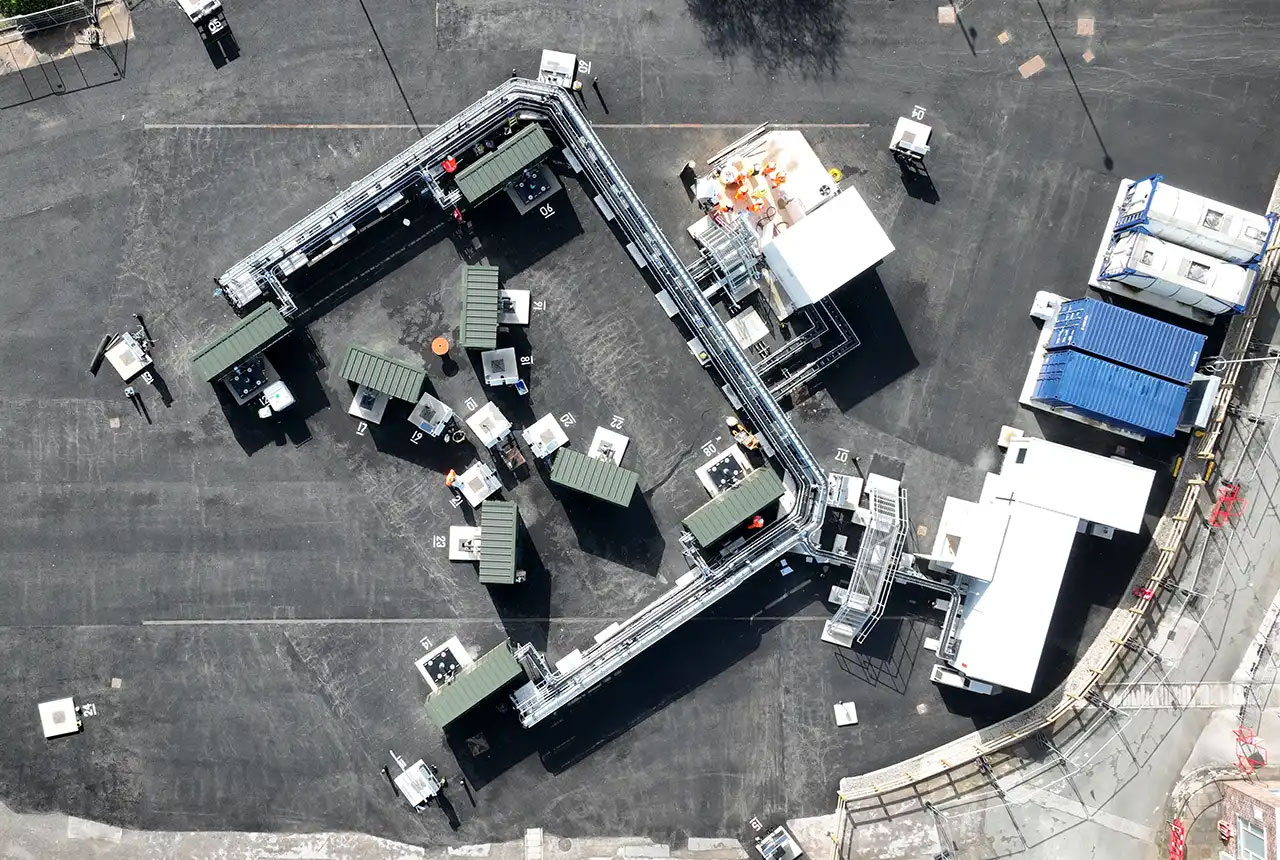
First distributed acoustic sensing survey completed at UK Geoenergy Observatory
12/11/2025
New research at the Cheshire Observatory has shown the potential for mapping thermal changes in the subsurface using sound waves.



